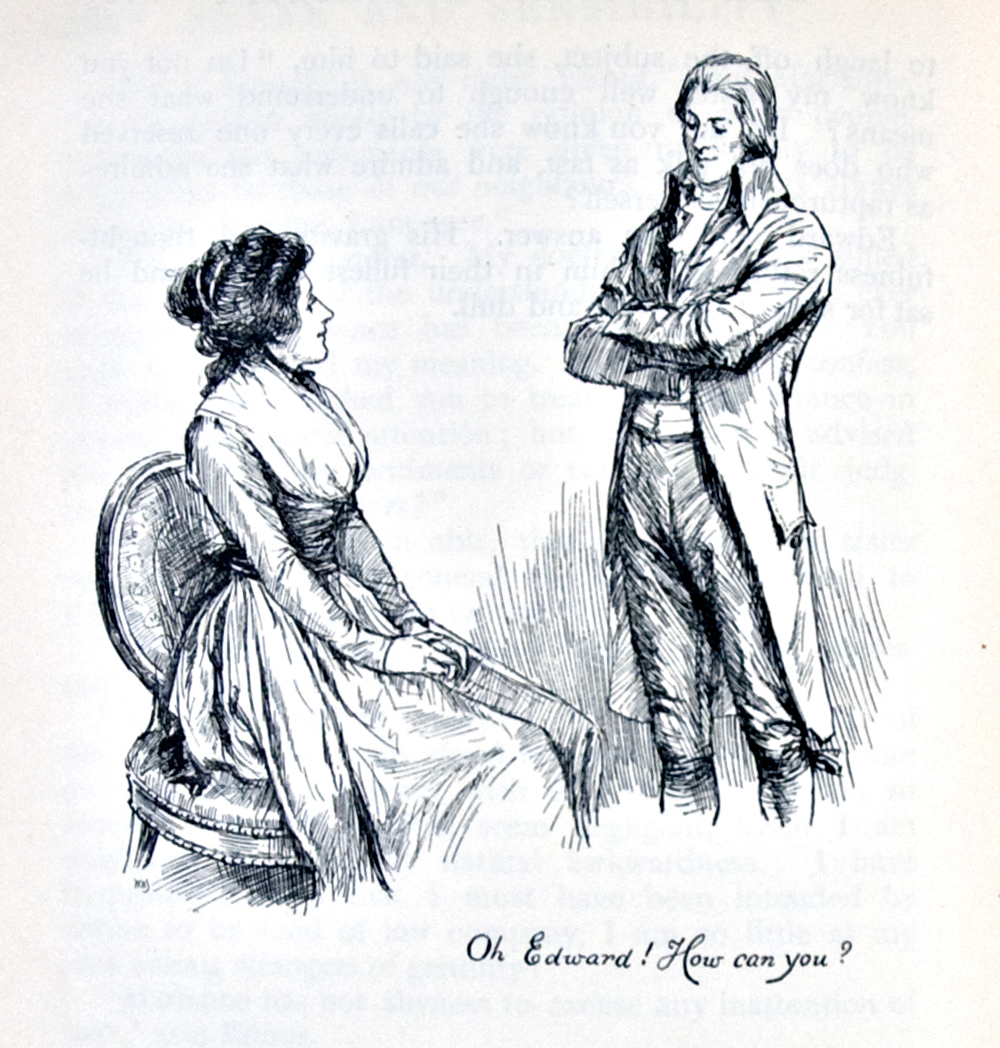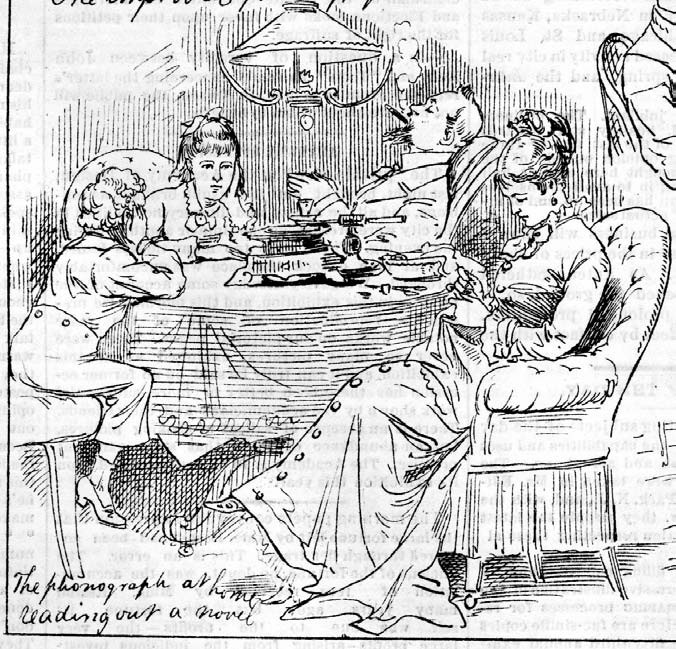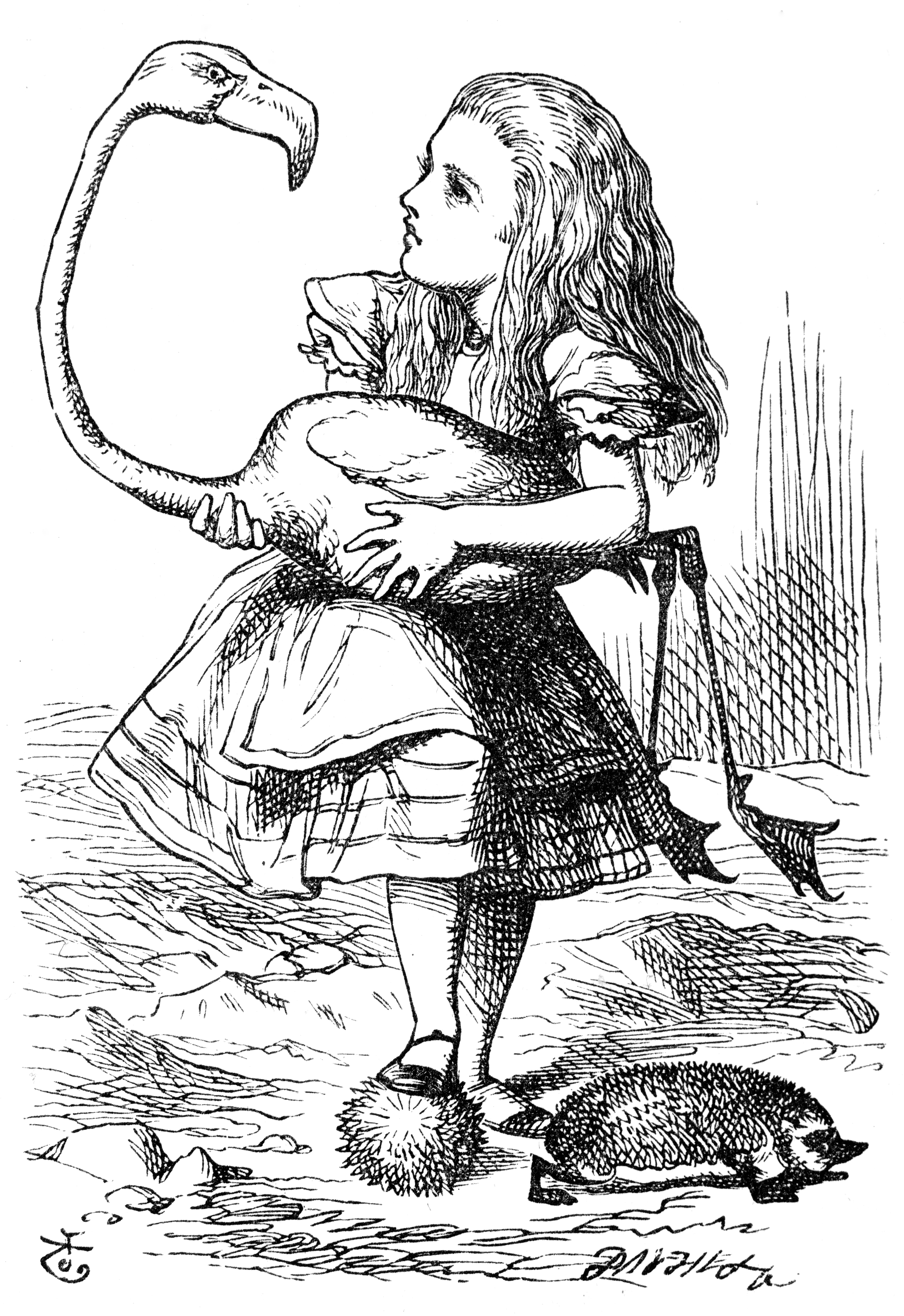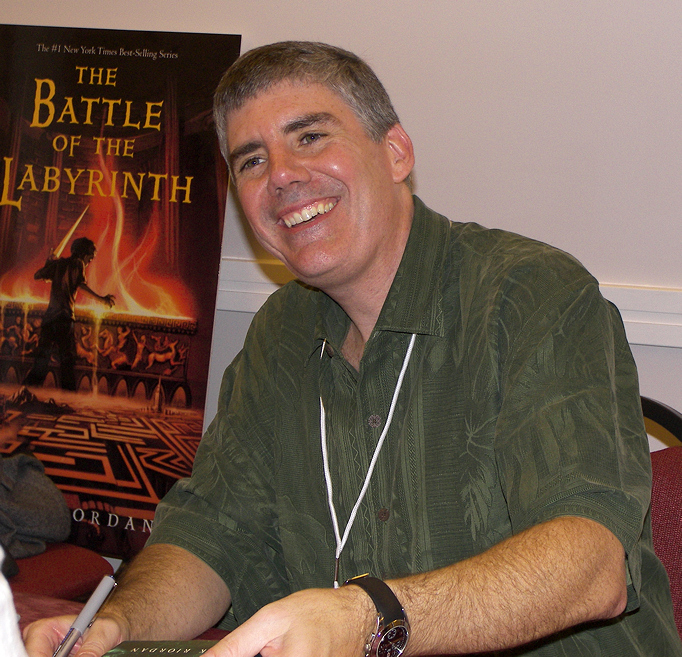|
Sweet Valley Junior High
''Sweet Valley Junior High'' is a fictional young adult book series written by Francine Pascal. The first book of the series, ''Get Real'', was published on February 1, 1999. The final entry in the series, ''Too Many Good-byes'', was published on June 12, 2001. Plot The story occurs when Jessica and Elizabeth Wakefield's middle school have been rezoned to Sweet Valley Jr. High for 8th grade. Elizabeth adjusts quickly to the new school and becomes popular among her peers. She becomes close friends with Anna Wang and Salvador del Valle, and the three are actively involved with producing the school's alternative zine. Anna and Salvador are long-time best friends, though their relationship is complicated by Salvador's growing feelings for Elizabeth. Elizabeth's friends also include her locker mate Brian Rainey and Blue Spicolli, who later becomes Elizabeth's boyfriend. Jessica does not adapt to Sweet Valley Junior High as quickly as Elizabeth, especially as she struggles to estab ... [...More Info...] [...Related Items...] OR: [Wikipedia] [Google] [Baidu] |
Francine Pascal
Francine Pascal (''née'' Rubin, born May 13, 1938) is an American author best known for creating the Sweet Valley series of young adult novels. '' Sweet Valley High'' was the backbone of the collection, and was made into a popular television series. There were also several spin-offs, including '' The Unicorn Club'' and '' Sweet Valley University.'' Although most of these books were published in the 1980s and 1990s, they remained so popular that several titles have been re-released in recent years. Biography Francine Rubin was born in Manhattan, New York, and raised in Queens, New York, United States. Her father was an auctioneer. She began her writing career writing scripts for the soap opera, The Young Marrieds alongside her husband, John Pascal. The couple also wrote a Broadway musical, George M!, with her brother Michael Stewart. Her first novel, Hangin' Out With Cici, was later turned into an ABC Afterschool Special, My Mother Was Never a Kid. A friend then convinced h ... [...More Info...] [...Related Items...] OR: [Wikipedia] [Google] [Baidu] |
Young Adult Fiction
Young adult fiction (YA) is a category of fiction written for readers from 12 to 18 years of age. While the genre is primarily targeted at adolescents, approximately half of YA readers are adults. The subject matter and genres of YA correlate with the age and experience of the protagonist. The genres available in YA are expansive and include most of those found in adult fiction. Common themes related to YA include friendship, first love, relationships, and identity. Stories that focus on the specific challenges of youth are sometimes referred to as problem novels or coming-of-age novels. Young adult fiction was developed to soften the transition between children's novels and adult literature. History Beginning The history of young adult literature is tied to the history of how childhood and young adulthood has been perceived. One early writer to recognize young adults as a distinct age group was Sarah Trimmer, who, in 1802, described "young adulthood" as lasting from ... [...More Info...] [...Related Items...] OR: [Wikipedia] [Google] [Baidu] |
Romance Novel
A romance novel or romantic novel generally refers to a type of genre fiction novel which places its primary focus on the relationship and Romance (love), romantic love between two people, and usually has an "emotionally satisfying and optimistic ending." Precursors include authors of literary fiction, such as Samuel Richardson, Jane Austen, and Charlotte Brontë. There are many subgenres of the romance novel, including fantasy, gothic fiction, gothic, Contemporary romance, contemporary, historical romance, paranormal fiction, and science fiction. Although women are the main readers of romance novels a growing number of men enjoy them as well. The Romance Writers of America cite 16% of men read romance novels. "Many people today don’t realize that romance is more than a love story. Romance can be a complex plotline with a setting from the past in a remote, faraway place. Instead of focusing on a love story, it idealizes values and principles that seem lost in today’s world ... [...More Info...] [...Related Items...] OR: [Wikipedia] [Google] [Baidu] |
Random House
Random House is an American book publisher and the largest general-interest paperback publisher in the world. The company has several independently managed subsidiaries around the world. It is part of Penguin Random House, which is owned by German media conglomerate Bertelsmann. History Random House was founded in 1927 by Bennett Cerf and Donald Klopfer, two years after they acquired the Modern Library imprint from publisher Horace Liveright, which reprints classic works of literature. Cerf is quoted as saying, "We just said we were going to publish a few books on the side at random," which suggested the name Random House. In 1934 they published the first authorized edition of James Joyce's novel '' Ulysses'' in the Anglophone world. ''Ulysses'' transformed Random House into a formidable publisher over the next two decades. In 1936, it absorbed the firm of Smith and Haas—Robert Haas became the third partner until retiring and selling his share back to Cerf and Klopfer in ... [...More Info...] [...Related Items...] OR: [Wikipedia] [Google] [Baidu] |
Hardcover
A hardcover, hard cover, or hardback (also known as hardbound, and sometimes as case-bound) book is one bound with rigid protective covers (typically of binder's board or heavy paperboard covered with buckram or other cloth, heavy paper, or occasionally leather). It has a flexible, sewn spine which allows the book to lie flat on a surface when opened. Modern hardcovers may have the pages glued onto the spine in much the same way as paperbacks. Following the ISBN sequence numbers, books of this type may be identified by the abbreviation Hbk. Hardcover books are often printed on acid-free paper, and they are much more durable than paperbacks, which have flexible, easily damaged paper covers. Hardcover books are marginally more costly to manufacture. Hardcovers are frequently protected by artistic dust jackets, but a "jacketless" alternative has increased in popularity: these "paper-over-board" or "jacketless" hardcover bindings forgo the dust jacket in favor of printing th ... [...More Info...] [...Related Items...] OR: [Wikipedia] [Google] [Baidu] |
Paperback
A paperback (softcover, softback) book is one with a thick paper or paperboard cover, and often held together with glue rather than stitches or staples. In contrast, hardcover (hardback) books are bound with cardboard covered with cloth, leather, paper, or plastic. Inexpensive books bound in paper have existed since at least the 19th century in such forms as pamphlets, yellowbacks, dime novels, and airport novels. Modern paperbacks can be differentiated from one another by size. In the United States, there are "mass-market paperbacks" and larger, more durable "trade paperbacks". In the United Kingdom, there are A-format, B-format, and the largest C-format sizes. Paperback editions of books are issued when a publisher decides to release a book in a low-cost format. Lower-quality paper, glued (rather than stapled or sewn) bindings, and the lack of a hard cover may contribute to the lower cost of paperbacks. Paperback can be the preferred medium when a book is not expected t ... [...More Info...] [...Related Items...] OR: [Wikipedia] [Google] [Baidu] |
Audiobook
An audiobook (or a talking book) is a recording of a book or other work being read out loud. A reading of the complete text is described as "unabridged", while readings of shorter versions are abridgements. Spoken audio has been available in schools and public libraries and to a lesser extent in music shops since the 1930s. Many spoken word albums were made prior to the age of cassettes, compact discs, and downloadable audio, often of poetry and plays rather than books. It was not until the 1980s that the medium began to attract book retailers, and then book retailers started displaying audiobooks on bookshelves rather than in separate displays. Etymology The term "talking book" came into being in the 1930s with government programs designed for blind readers, while the term "audiobook" came into use during the 1970s when audiocassettes began to replace phonograph records. In 1994, the Audio Publishers Association established the term "audiobook" as the industry standard. ... [...More Info...] [...Related Items...] OR: [Wikipedia] [Google] [Baidu] |
Fiction
Fiction is any creative work, chiefly any narrative work, portraying individuals, events, or places that are imaginary, or in ways that are imaginary. Fictional portrayals are thus inconsistent with history, fact, or plausibility. In a traditional narrow sense, "fiction" refers to written narratives in prose often referring specifically to novels, novellas, and short stories. More broadly, however, fiction encompasses imaginary narratives expressed in any medium, including not just writings but also live theatrical performances, films, television programs, radio dramas, comics, role-playing games, and video games. Definition Typically, the fictionality of a work is publicly marketed and so the audience expects the work to deviate in some ways from the real world rather than presenting, for instance, only factually accurate portrayals or characters who are actual people. Because fiction is generally understood to not fully adhere to the real world, the themes a ... [...More Info...] [...Related Items...] OR: [Wikipedia] [Google] [Baidu] |
Young Adult Fiction
Young adult fiction (YA) is a category of fiction written for readers from 12 to 18 years of age. While the genre is primarily targeted at adolescents, approximately half of YA readers are adults. The subject matter and genres of YA correlate with the age and experience of the protagonist. The genres available in YA are expansive and include most of those found in adult fiction. Common themes related to YA include friendship, first love, relationships, and identity. Stories that focus on the specific challenges of youth are sometimes referred to as problem novels or coming-of-age novels. Young adult fiction was developed to soften the transition between children's novels and adult literature. History Beginning The history of young adult literature is tied to the history of how childhood and young adulthood has been perceived. One early writer to recognize young adults as a distinct age group was Sarah Trimmer, who, in 1802, described "young adulthood" as lasting from ... [...More Info...] [...Related Items...] OR: [Wikipedia] [Google] [Baidu] |
Zine
A zine ( ; short for '' magazine'' or '' fanzine'') is a small-circulation self-published work of original or appropriated texts and images, usually reproduced via a copy machine. Zines are the product of either a single person or of a very small group, and are popularly photocopied into physical prints for circulation. A fanzine ( blend of '' fan'' and ''magazine'') is a non-professional and non-official publication produced by enthusiasts of a particular cultural phenomenon (such as a literary or musical genre) for the pleasure of others who share their interest. The term was coined in an October 1940 science fiction fanzine by Russ Chauvenet and popularized within science fiction fandom, entering the Oxford English Dictionary in 1949. Popularly defined within a circulation of 1,000 or fewer copies, in practice many zines are produced in editions of fewer than 100. Among the various intentions for creation and publication are developing one's identity, sharing a niche ski ... [...More Info...] [...Related Items...] OR: [Wikipedia] [Google] [Baidu] |
Frenemy
"Frenemy" (also spelled "frienemy") is an oxymoron and a portmanteau of " friend" and "enemy" that refers to "a person with whom one is friendly, despite a fundamental dislike or rivalry" or "a person who combines the characteristics of a friend and an enemy". The term is used to describe personal, geopolitical and commercial relationships both among individuals and groups or institutions. This term also describes a competitive friendship. History "Frenemy" appeared in print as early as 1953 in an article titled "Howz about calling the Russians our Frienemies?" by the American gossip columnist Walter Winchell in the '' Nevada State Journal''. The American-based author and activist Jessica Mitford claimed in 1977 that the word was coined by one of her sisters: "... an incredibly useful word…coined by one of my sisters when she was a small child to describe a rather dull little girl who lived near us. My sister and the frenemy played together constantly…all the time dislik ... [...More Info...] [...Related Items...] OR: [Wikipedia] [Google] [Baidu] |
Sweet Valley Senior Year
''Sweet Valley High Senior Year'' is part of the '' Sweet Valley High'' franchise and the last spin-off series to be published. A double edition of the final book, ''Sweet 18'', included the first book from the SVH series, ''Double Love'', and a letter from creator Francine Pascal. The series is considered the most contemporary and realistic of the franchise . The ''Senior Year'' series continued the earthquake plot that took place in the final ''Sweet Valley High'' books, notably that the earthquake destroyed nearby El Carro High. As a result, El Carro students were forced to transfer to Sweet Valley High and several new characters are introduced. Like the ''Sweet Valley Junior High'' series, the chapters are interspersed with "handwritten" diary pages, e-mail entries and similar that explore the characters thoughts "off screen". The series ends when the twins graduate from high school and their story is continued in the ''Sweet Valley University'' series, where they go to ... [...More Info...] [...Related Items...] OR: [Wikipedia] [Google] [Baidu] |





